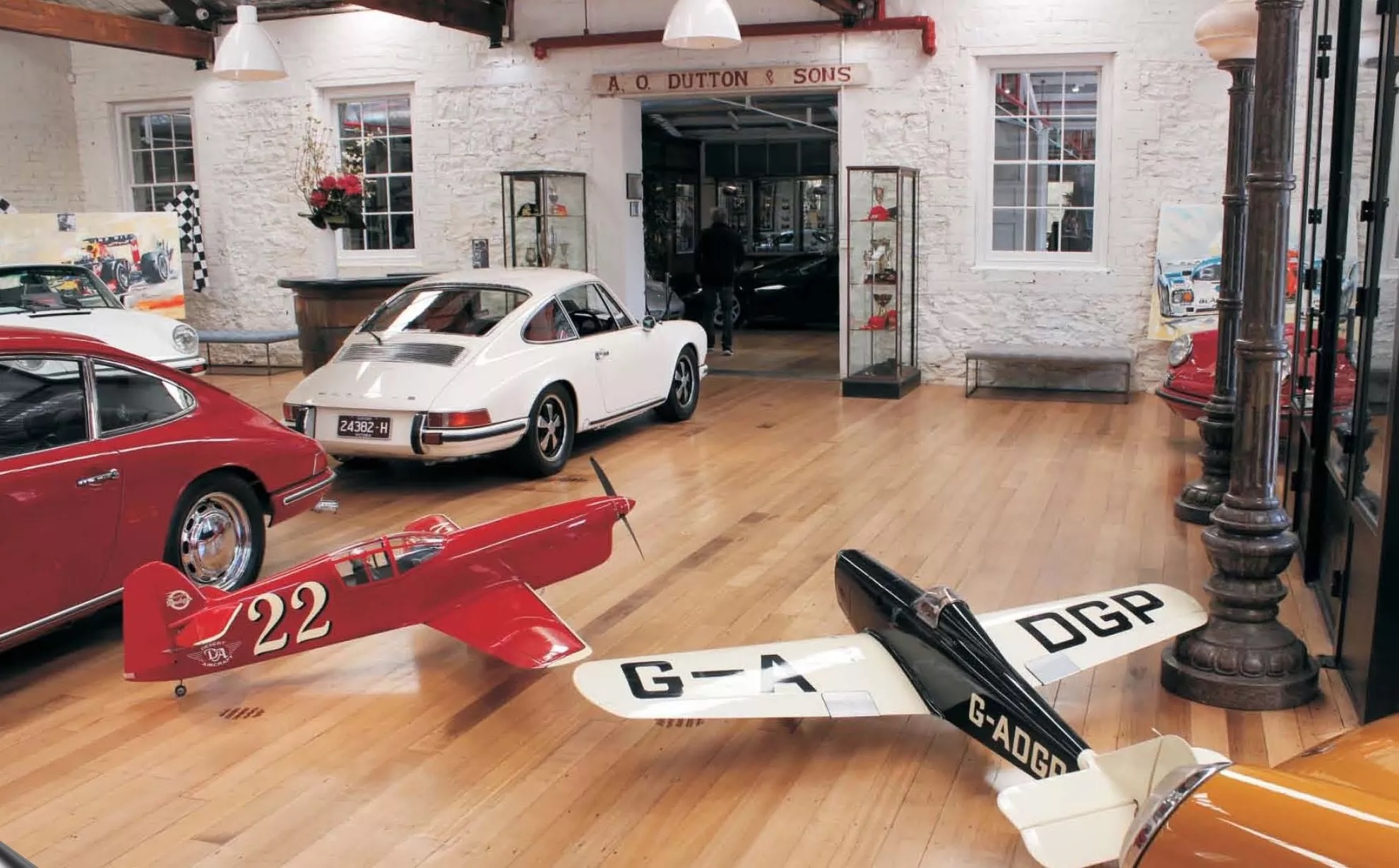
June 14th 2026
National Air Races
High Performance Radio Controlled Aviation
Supported by Futaba Australia, JR Australia and Australian Air League
Air Races are conducted under the FAI and MAAA Sporting Codes
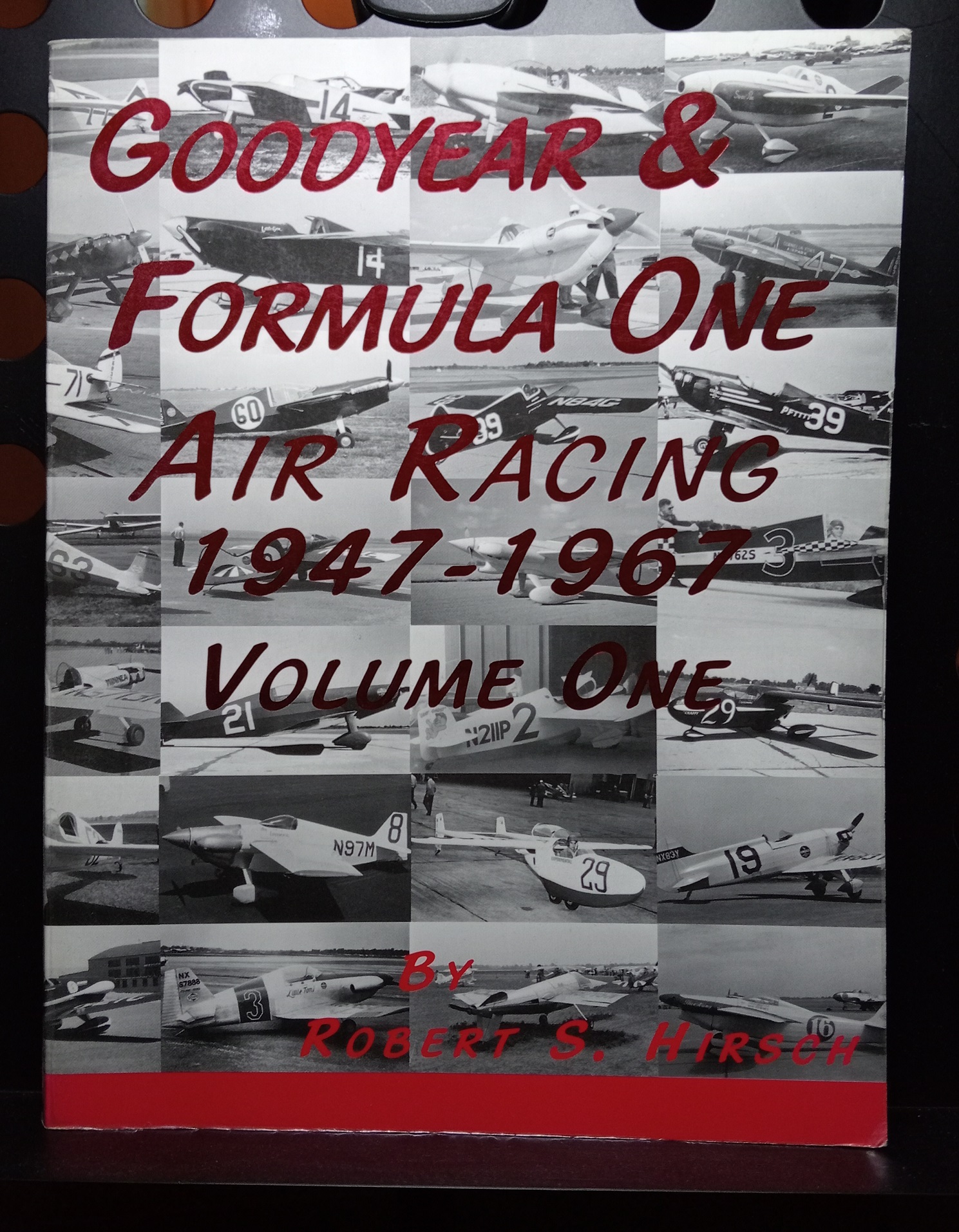
The Golden Years of Aviation
After the first world war Governments lost interest in funding aviation development. The two decades between WW1 and WW11 have long been acknowledged as the golden years of aviation and during the 1920s and 30s privateers led the way. At araces in USA huge crowds found it fascinating that civilian aeroplanes were faster than military. That changed after WW11. Surplus single engine fighters dominated. It became a rich man's game and the general public lost interest
The Goodyear Tyre company sponsored a tiny homebuilt category powered by the affordable 100 HP Continental 0200 four cylinder aircraft engine. This category continues today as Formula 1
(Pic - Front Cover Goodyear and F1 Air Racing Volume 1 )
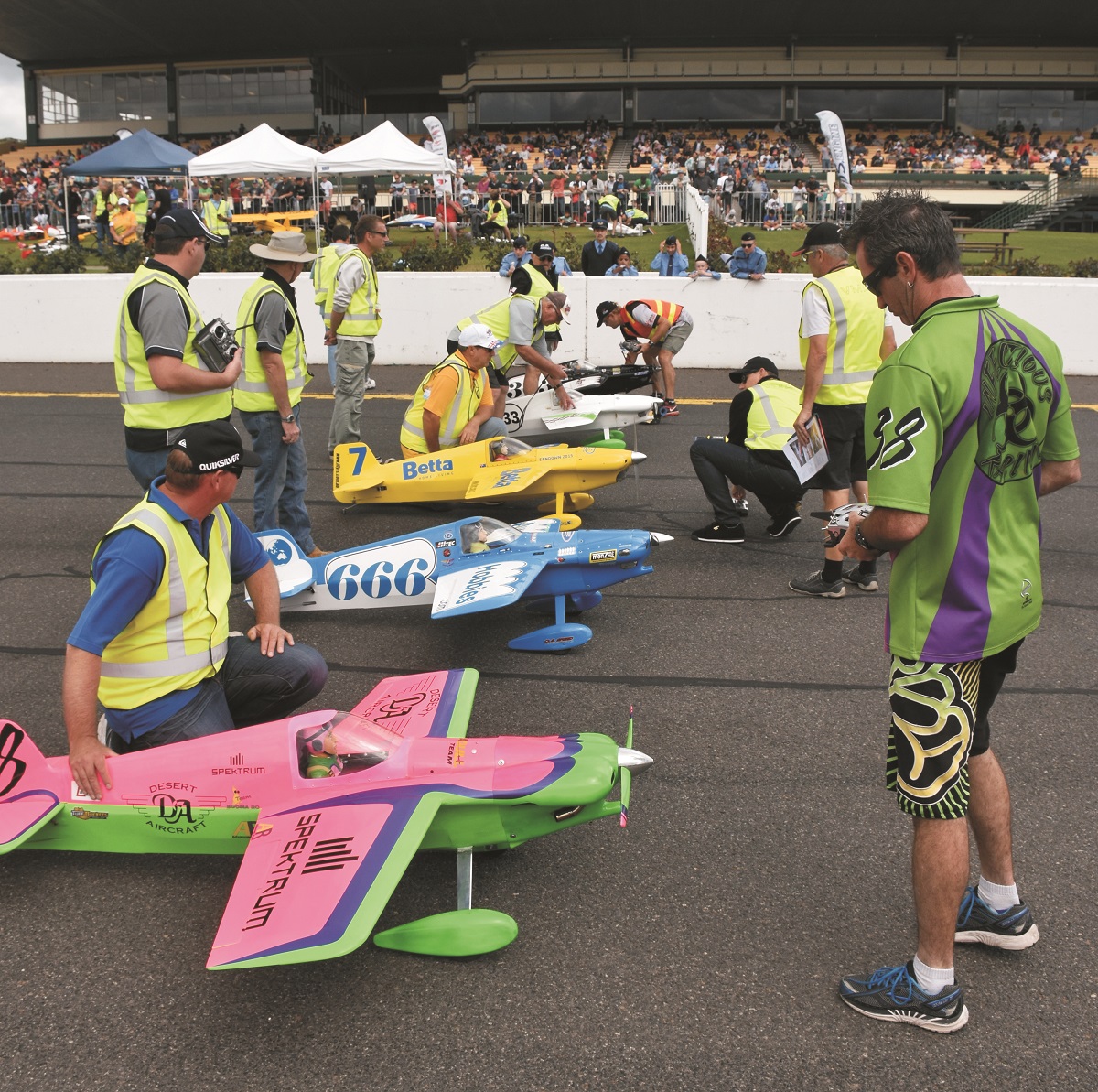
Seagull Models Trophy - Formula One
Tom Cassutt's famous home built design versus the all conquering Nemesis consortium
250 kph class racing with affordable factory built almost ready to fly balsa and plywood Seagull Nemesis and Cassutt airframes. Fixed pitch propeller, 6 HP 60 cc cc two stroke petrol engines
Entry Fee $50
(Pic - 2016 Sandown F1 Air Race final)
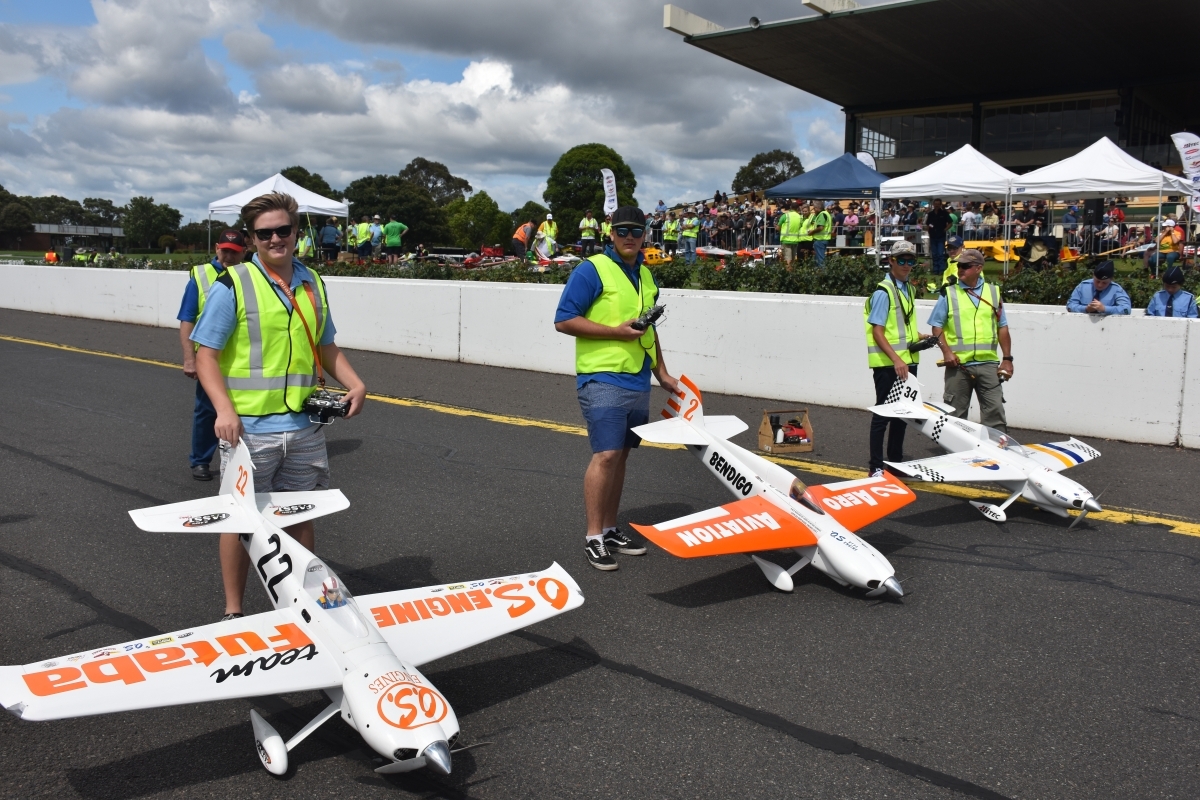
Seagull Models Cup - Formula Two
185 kph class racing factory built Seagull Nemesis ARF airframes. Fixed pitch prop, 4HP 35 cc single cylinder two stroke petrol engines
Entry Fee $50
(Pic - 2016 Sandown F2 Air Race)
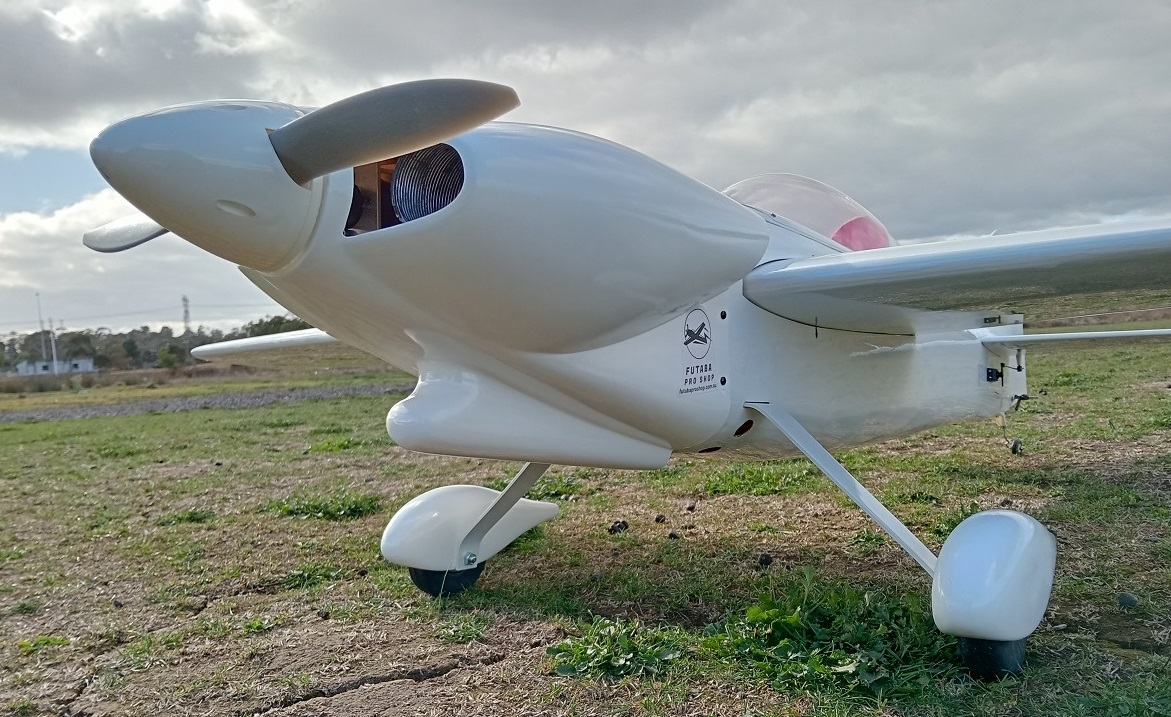
Seagull Models Cup - Formula E
Seagull Nemesis ARF airframe - 10S lithium polymer batteries - motor propeller combination is open
Entry Fee $50
(Pic Bill Hamilton Racing's electric power test bed at VARMS - August 2025)
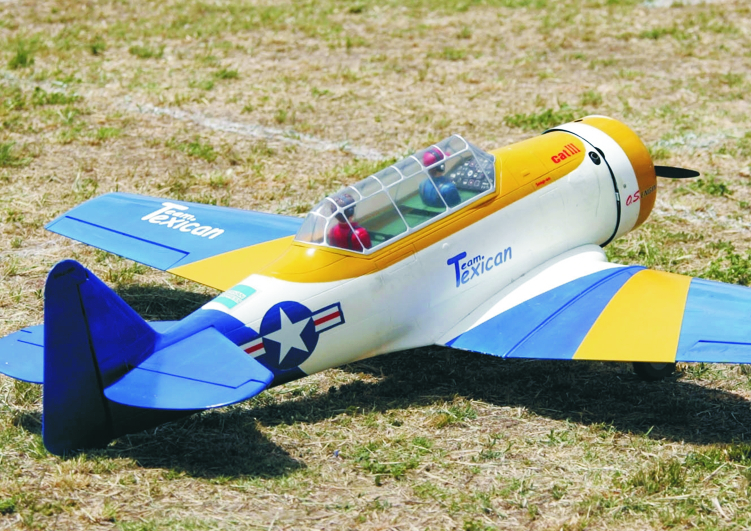
Texan Trophy
This is the plane WW11 American pilots trained in before stepping up to single engine fighters
180 kph class racing with 1/6th scale almost ready to fly models powered by 3.5 horsepower 20cc cc single cylinder methanol two stroke engines
APC 15 x 10 control prop
Entry Fee $65 (includes Glomax 10% nitro two stroke glo fuel)
(Pic - CM Pro Texan by S Green at Cootamundra)
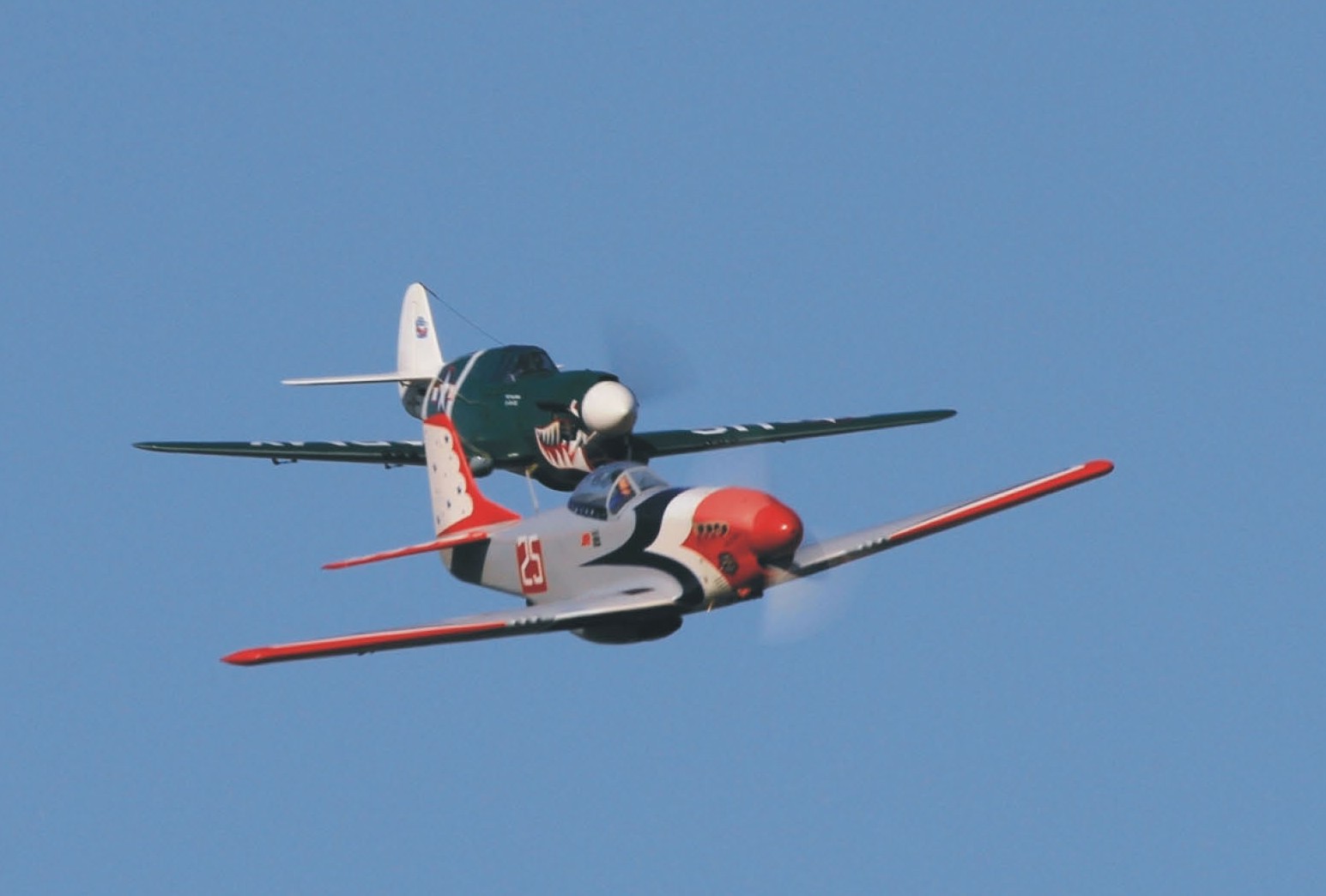
WW11 Warbirds
1/5th scale single engine fighters with retractable undercarriage
6 HP up to 65 cc single cylinder methanol two stroke engines
Entry Fee $50
(Pic by Ross Felix - Richard Mudge P-51 Mustang leads the P-40 flown by Chris Carpenter into the dive to the Adelaide start line)
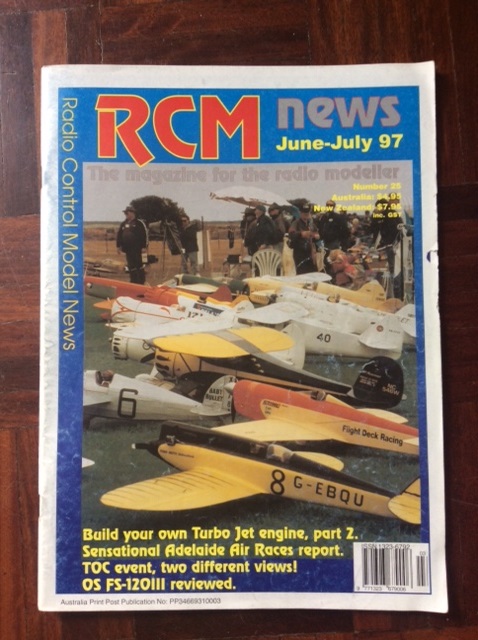
RCM News Trophy
Golden Era 1/4 scale models built from a plan or kit reach speeds up 300 kph. Engine is up to 100 cc. Fuel is petrol or methanol
Launched to coincide with the FAI World Championship Aerobatic, Pylon and Helicopter event Wangaratta, the first edition of Radio Control Model News magazine was published in 1991. For twenty eight years this print magazine supported the Australian hobby industry with editorial for big picture events
One of the most inspirational was the 1997 Sensational Adelaide Golden Era Air Race. Dad and I scratch built models to compete
Entry Fee $50
(Pic - Front Cover RCM News issue #25 )
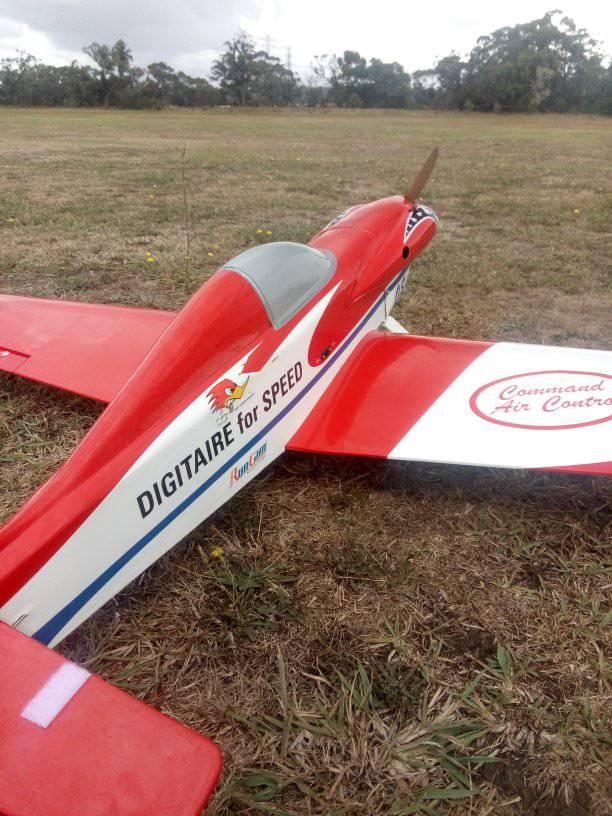
Brian Green Trophy
Fastest Ten Lap Time
In 1968 Brian's Digitaire for Speed held the MAAA Australian record for ten laps around the 490 yard Goodyear pylon course. Time was two minutes twenty eight seconds. A modern FAI pylon racer scoots around today's 450 metre course at 350 kph. Ten laps in 55 seconds
(Pic - Retro version using .46 Phoenix Models Barbara Jean racer)
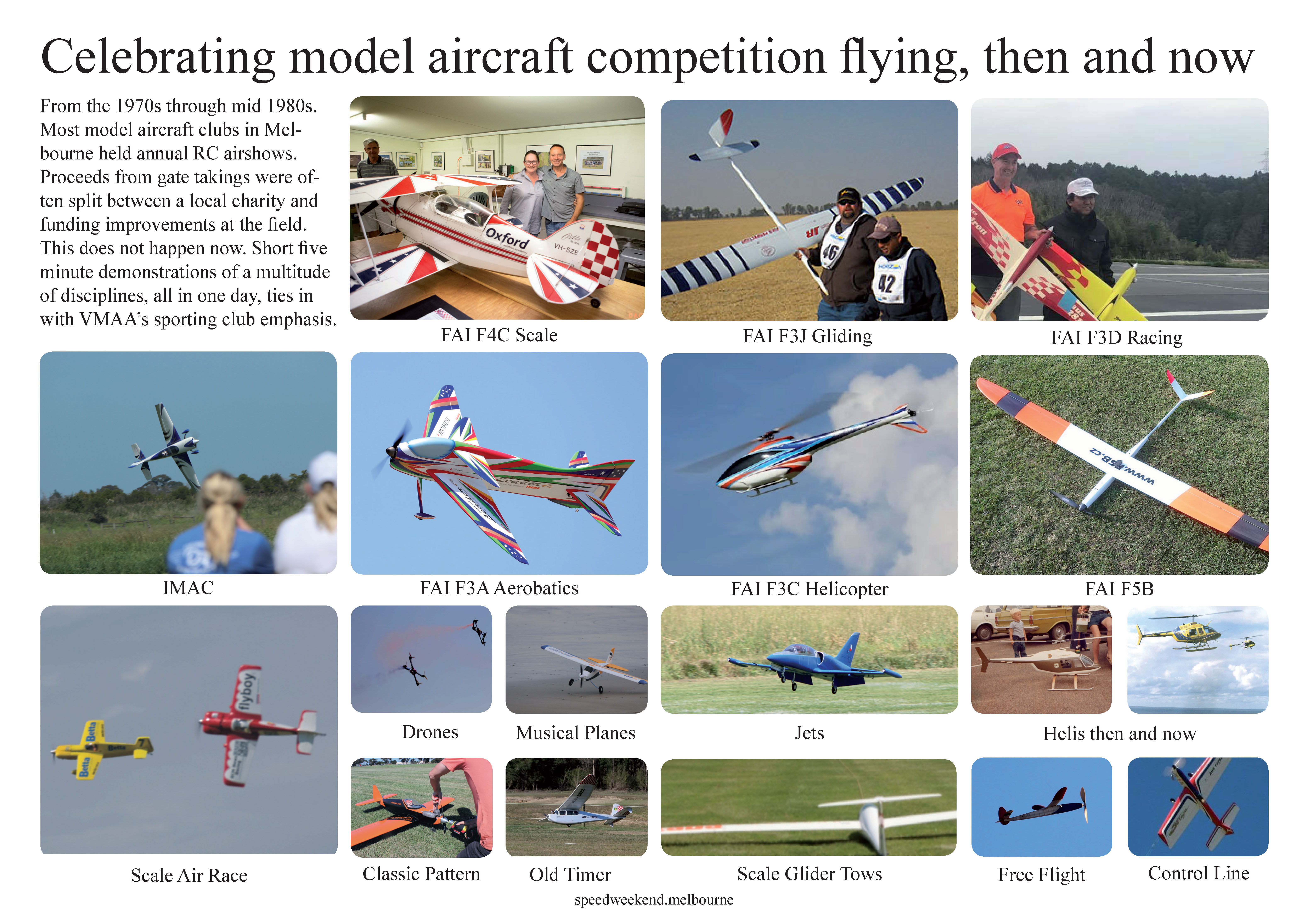
National Air Races 2027*
Aeromodelling is more than just a fabulous hobby. Members of Victorian Model Aircraft Association affiliated clubs enjoy the thill of flight every day at CASA recognised airfields. Interested in radio conrol flying? Check out VMAA for the next Come and Fly day near you. Sporting aspects offer greater challenges. You can even represent your country
The building and flying of model aircraft has also launched a multitude of career paths in full size aviation. The burgeoning remote control sector offers exciting career opportunities for both young and old
FAI Competition Flight Demonstrations - F3A Aerobatics, F4C Scale, F3D Racing, F5B and F5J Gliding, F3C Helicopter - Air Races - Civilian, Jets, Glider Tow, Old Timer, Classic Pattern
3S Electric Powered Sub 2kg Interclub Competition
Climb n Glide, Maximum Loops , STOL, Spot Landing, Climb n Spin, Musical Planes, Control Line, Free Flight
General Admission
Adults $10 or $20 per car - Motorcycles $10 - Children free
MAAA Associate Members
No charge - just show your current FAI or Club card at the gate
50% of gate takings go to Royal Childrens Hospital Good Friday Appeal. Balance goes back into building and promoting the event
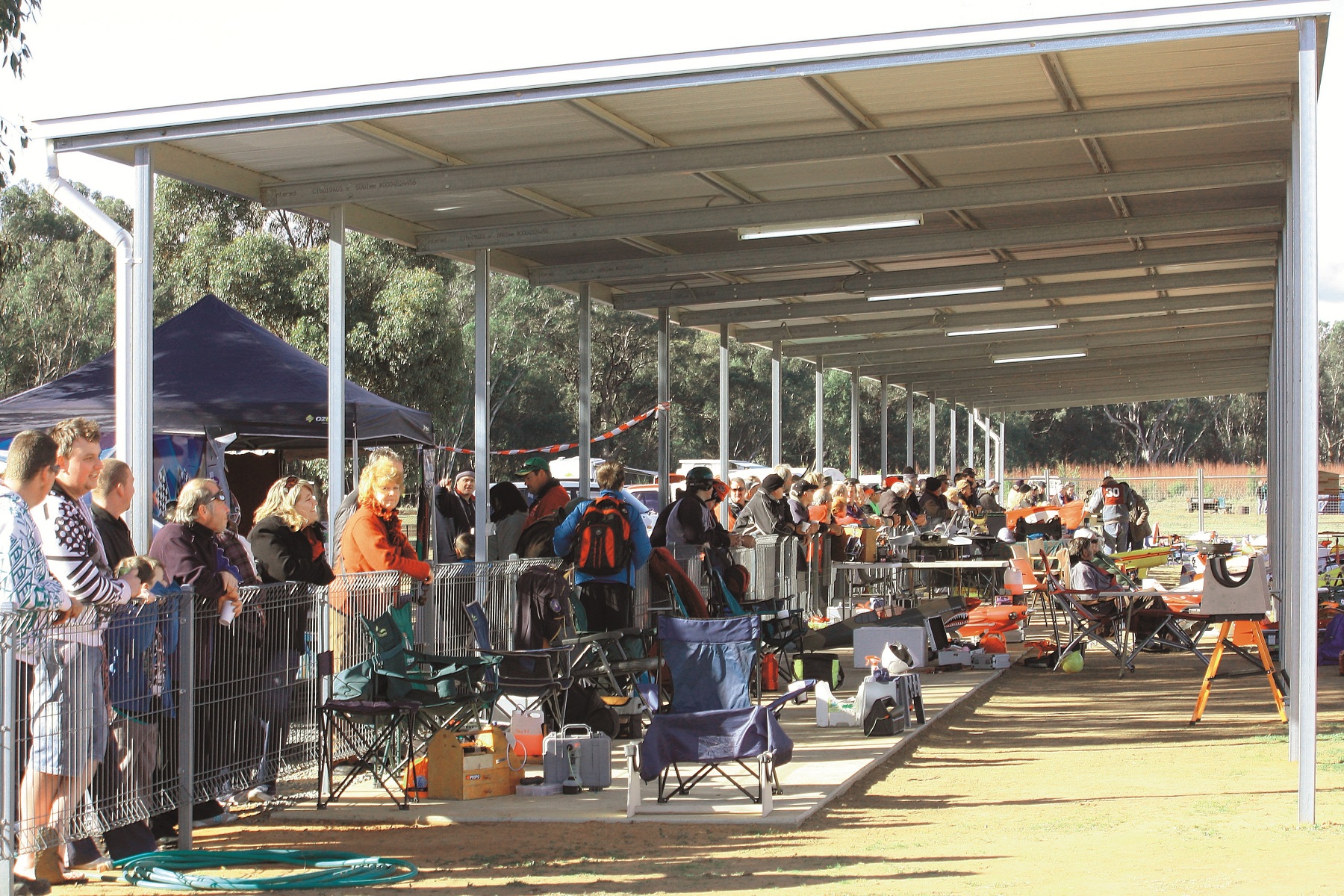
General Admission*
Adults $10 or $20 per car - Motorcycles $10 - Children free
MAAA Associate Members
No charge - just show your current FAI or Club card at the gate
*50% of gate takings go to Royal Childrens Hospital Good Friday Appeal
Balance goes back into building and promoting the event
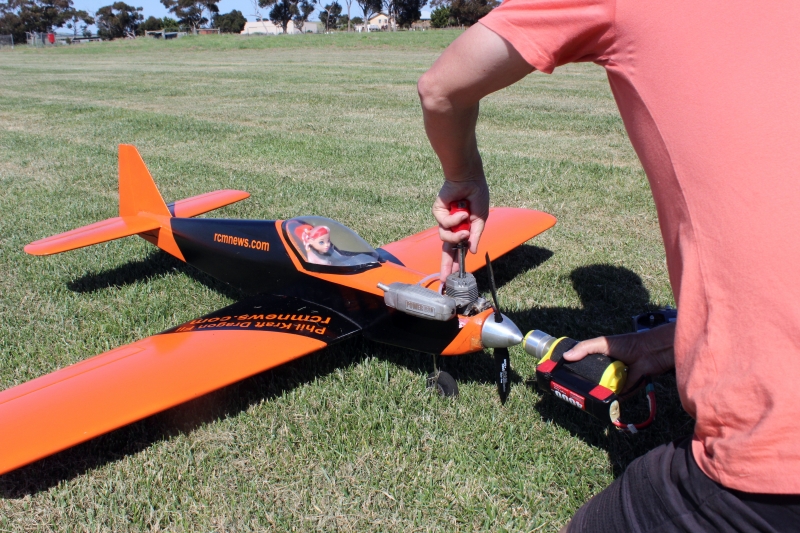
On Time
Flying skills that inspired club members to improve began with simple fun competitions. These were all the go when I started competing in 1971
F3a aerobatics the model was placed on the strip in the take off position. When the Time Keeper started the stopwatch you had on minute to start and tune the engine. Engine idling you walked back to stand in front of the judges, the flight had to be completed within ten minutes. An engine that coughed and spluttered when you opened the throttle was not cause for a downgrade, but it left the impression that you were not an expert. Not moving your body about as the model flew past was also part of that image. Flying the manoeuvre schedule was all about keeping the wings level, coping with wind and countering crosswind drift with rudder
That discipline pays dividends for sport fliers too. My first experience of seeing first hand how competition flying can put back into the hobby was at the Lilydale club in 1975 when our family moved from Geelong to Melbourne. Dad was the current Australian F3a Champion and most of the Lilydale members had to walk out to the other side of the runway in order to land safely from right to left. Club members observing and learning from F3A discipline began to rub off. Two years later that club began to compete and beat the Dandenong club to win the VMAA Interclub Trophy multiple times. The same experience was repeated with the Doncaster club in the 1980s
(Pic - Dragon Fli - Winner of inagural Victorian Pattern Association's Classic Pattern competition
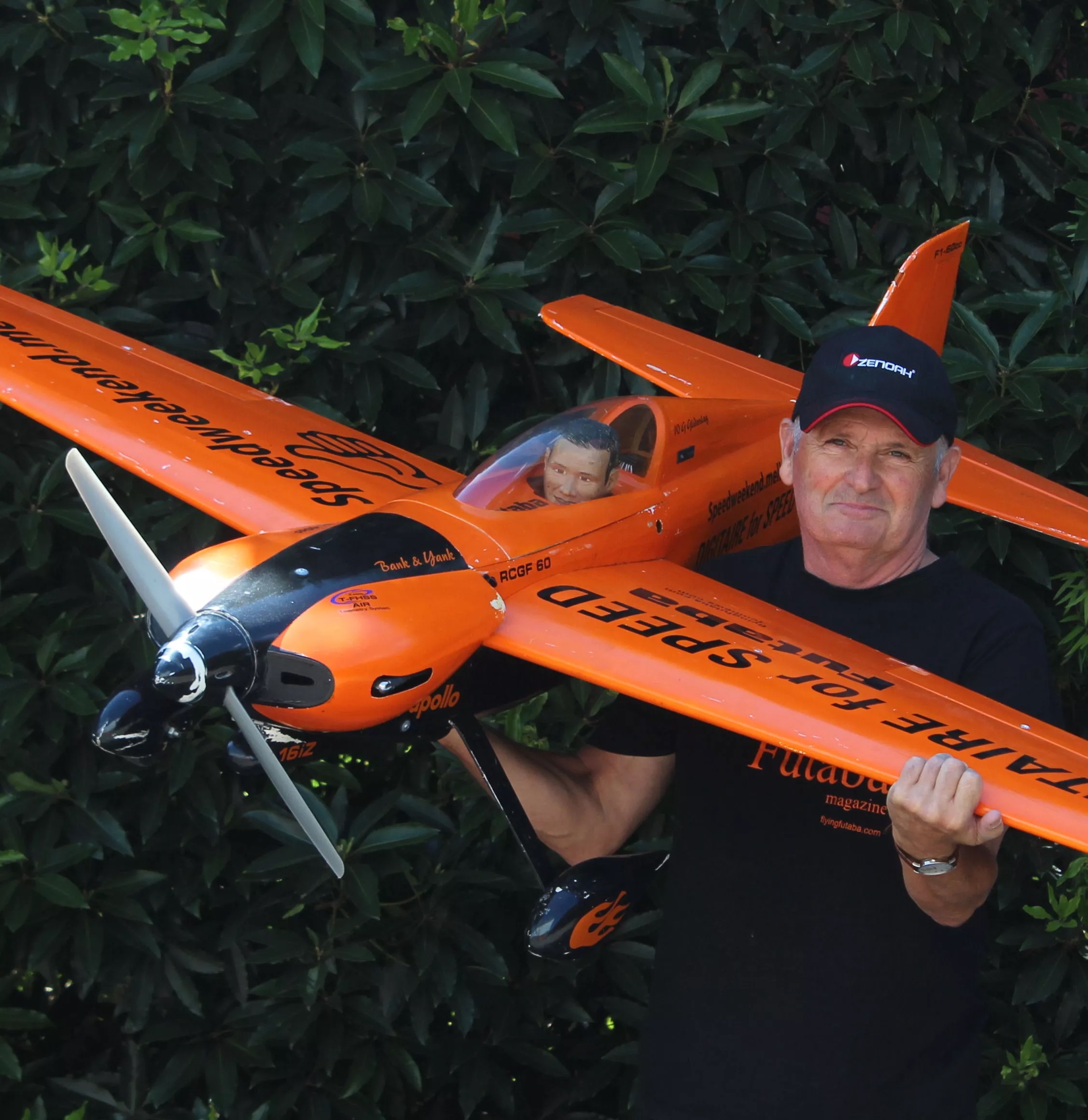
Competition Flying
Stringing a series of precision fixed and rotary wing aerobatic and compulsory positioning manoeuvres in front of judges is immensly satisfying. Gliding is about energy management and judging weather conditions. Racing demands high speed accuracy in close proximity to other aeroplanes
Display Flying is a different skill set
Stephen J Green - Contest / Display Director AUS 5932
Competitor - Futaba Pro Shop Racing
Sponsor - Futaba Pro Shop
Publisher RCM News magazine 2014-2019
(Pic- Digitiare for Speed - Seagull Nemesis promotion plane )
